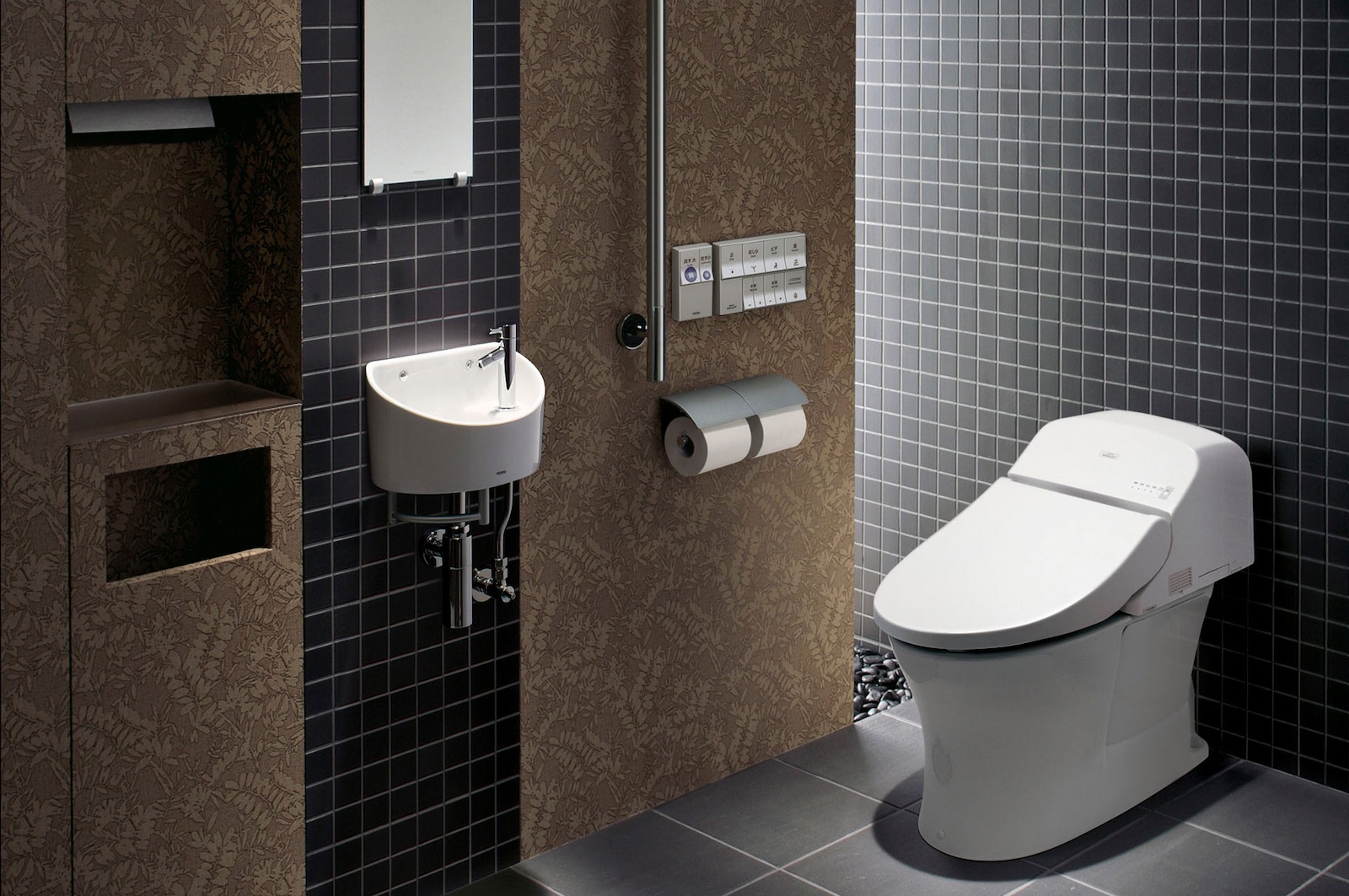

Articles
How To Use A Japanese Toilet
Modified: January 18, 2024
Discover the ultimate guide on how to use a Japanese toilet. Read our comprehensive articles and learn about the unique features and functions of this modern bathroom fixture.
(Many of the links in this article redirect to a specific reviewed product. Your purchase of these products through affiliate links helps to generate commission for Storables.com, at no extra cost. Learn more)
Introduction
Welcome to the world of Japanese toilets, where technology meets comfort and hygiene. Japanese toilets, also known as washlets or electronic bidet toilets, have gained international fame for their advanced features and luxurious experience. Whether you’re visiting Japan or have a Japanese toilet installed in your own home, understanding how to use it properly is essential for an optimal bathroom experience.
In this article, we will explore the ins and outs of Japanese toilets, from their different types to the advanced features they offer. We will also provide you with a step-by-step guide on using a Japanese toilet, including tips on proper etiquette and hygiene practices.
So, get ready to delve into the world of high-tech bathroom fixtures and discover how to make the most out of your Japanese toilet experience.
Key Takeaways:
- Embrace the world of Japanese toilets and enjoy the ultimate in comfort, cleanliness, and convenience with advanced features like bidet functions, adjustable water pressure, and automatic lid sensors.
- Proper etiquette and hygiene practices are essential for a respectful and comfortable experience when using a Japanese toilet, including cleanliness, privacy considerations, and adherence to public restroom etiquette.
Read more: How To Use Japanese Tableware
Understanding the Japanese Toilet
Before diving into how to use a Japanese toilet, it’s essential to understand the different types available and the advanced features they offer.
Different Types of Japanese Toilets
Japanese toilets come in a variety of designs to cater to different user preferences and needs. The two main types are:
- Washlet: The washlet is the most common type of Japanese toilet. It is a combination of a toilet and a bidet seat. The bidet seat, which is attached to the toilet, offers various cleansing functions.
- Traditional Squat Toilet: Although less common now, traditional squat toilets can still be found in some older buildings or public restrooms. These toilets feature a hole in the ground that requires users to squat while using them.
Advanced Features of Japanese Toilets
Japanese toilets are known for their advanced features that take bathroom comfort to a whole new level. Some of these features include:
- Heated Seat: Japanese toilets often come equipped with a heated seat, providing comfort even during the coldest of winters.
- Bidet Function: The bidet function allows users to cleanse themselves with a gentle stream of water. It helps maintain hygiene and eliminates the need for toilet paper.
- Adjustable Water Pressure and Temperature: With a Japanese toilet, you have the ability to customize the water pressure and temperature to suit your preference.
- Drying Options: Some advanced models even offer a drying feature, eliminating the need for toilet paper or towels.
- Deodorizer: Japanese toilets often come equipped with a built-in deodorizer to eliminate any unwanted odors and keep the bathroom smelling fresh.
- Automatic Lid: Many Japanese toilets have sensors that automatically open and close the toilet lid, providing a touchless experience.
These advanced features not only enhance comfort and hygiene but also contribute to a more eco-friendly lifestyle by reducing the consumption of toilet paper.
Step-by-Step Guide to Using a Japanese Toilet
Now that you have an understanding of the different types and features of Japanese toilets, let’s explore a step-by-step guide on how to use them:
Read also: 12 Amazing Japanese Toilet Seat for 2024
Sitting or Squatting: Which Position to Choose
Depending on the type of Japanese toilet you encounter, you may have the option to sit or squat. Washlets typically allow users to sit, similar to a standard toilet. However, if you encounter a traditional squat toilet, you will need to assume a squatting position.
Using the Control Panel
Most Japanese toilets feature a control panel located either on the side of the toilet or on a remote control. Take a moment to familiarize yourself with the layout of the control panel, as it may vary depending on the model.
Adjusting Water Pressure and Temperature
Before using the bidet function, adjust the water pressure and temperature settings according to your preference. You can typically find buttons or icons on the control panel that allow you to increase or decrease the water pressure and adjust the temperature.
How to Use the Bidet Function
To use the bidet function, press the corresponding button on the control panel. A gentle stream of water will be directed towards your desired area for cleansing. Adjust the intensity and position of the water by using the controls provided.
Drying Options
If your Japanese toilet has a drying feature, you can use it after using the bidet function. Simply press the drying button, and warm air will be released to dry your skin. You can adjust the drying intensity and duration to suit your comfort.
Flushing Techniques
Japanese toilets often have different flushing options, such as a regular flush, a half flush for liquid waste, and an eco-friendly flush. Locate the corresponding buttons on the control panel and press the appropriate one based on your needs.
It’s worth noting that the control panel may have additional features and buttons specific to the model of the Japanese toilet you are using. Refer to the user manual or any provided instructions to understand the full range of functionalities available.
Etiquette and Tips for Using a Japanese Toilet
Using a Japanese toilet goes beyond just knowing the mechanics of operating the device. It’s also important to follow proper etiquette and consider certain tips to ensure a respectful and comfortable experience for yourself and others. Here are some etiquette guidelines and tips to keep in mind:
Proper Cleaning and Hygiene Practices
When using a Japanese toilet, it’s essential to maintain cleanliness and hygiene. Remember to:
- Clean your hands thoroughly before and after using the toilet.
- Use the provided toilet paper or bidet function to clean yourself effectively.
- Dispose of toilet paper properly in the designated receptacle, as some Japanese toilets may not be equipped to handle flushing toilet paper.
- Ensure the toilet lid is closed after use to prevent the spread of bacteria and odors.
Read more: How To Use A Toilet Brush To Unclog A Toilet
Privacy and Noise Considerations
Respect the privacy of others and be mindful of noise levels when using a Japanese toilet, especially in shared spaces or public restrooms. Here are a few tips:
- Close the door or cubicle for privacy and to minimize noise.
- If the Japanese toilet has a sound-masking feature or a built-in noise generator, make use of it to maintain privacy.
- Avoid talking loudly or making excessive noise that may disturb others.
Handling Japanese Toilet Etiquette in Public Restrooms
When using a Japanese toilet in public restrooms, keep these etiquette tips in mind:
- Wait for your turn patiently if there is a queue. Avoid rushing or cutting in line.
- Respect the rules and regulations regarding usage time limits, especially during peak hours.
- Leave the toilet cubicle clean and tidy for the next user. Many Japanese toilets offer automated cleaning functions, but it’s still important to leave the toilet in a presentable condition.
- If you encounter a traditional squat toilet in a public restroom, follow proper squatting techniques and be mindful of cleanliness and hygiene.
By adhering to these etiquette guidelines and tips, you can ensure a pleasant experience when using a Japanese toilet and contribute to a positive restroom environment for everyone.
Conclusion
Japanese toilets, with their advanced features and innovative design, have revolutionized the way we experience bathroom comfort and hygiene. Understanding how to use these high-tech fixtures properly is key to enjoying all the benefits they offer.
In this article, we explored the different types of Japanese toilets, including washlets and traditional squat toilets, and their advanced features such as heated seats, bidet functions, adjustable water pressure and temperature, drying options, and automatic lid sensors. We also provided a step-by-step guide on how to use a Japanese toilet, highlighting sitting or squatting positions, using the control panel, adjusting water pressure and temperature, utilizing the bidet function, drying options, and flushing techniques.
Moreover, we discussed the importance of etiquette and shared tips for using a Japanese toilet. Proper cleaning and hygiene practices, respect for privacy and noise considerations, and handling Japanese toilet etiquette in public restrooms were among the topics covered. By following these etiquette guidelines, we can ensure a respectful and comfortable experience for ourselves and others.
So, whether you encounter a Japanese toilet during your travels in Japan or have one installed in your own home, you can now approach it with confidence and make the most out of its advanced features.
Embrace the world of Japanese toilets and enjoy the ultimate in comfort, cleanliness, and convenience.
Frequently Asked Questions about How To Use A Japanese Toilet
Was this page helpful?
At Storables.com, we guarantee accurate and reliable information. Our content, validated by Expert Board Contributors, is crafted following stringent Editorial Policies. We're committed to providing you with well-researched, expert-backed insights for all your informational needs.
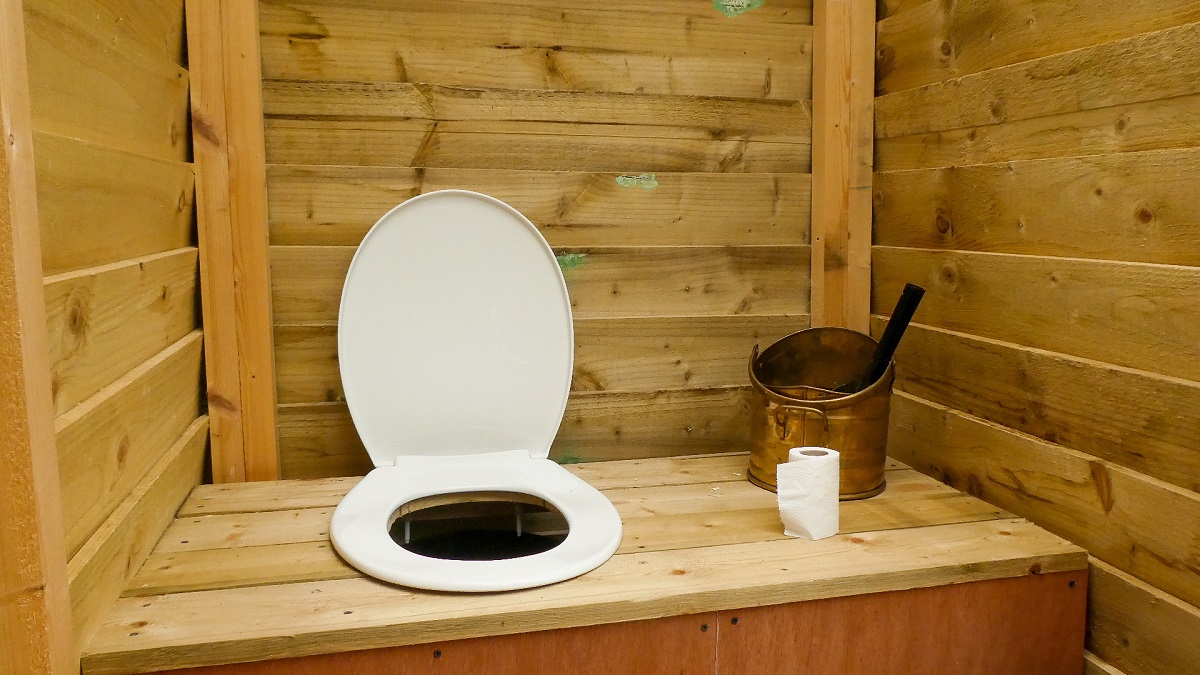
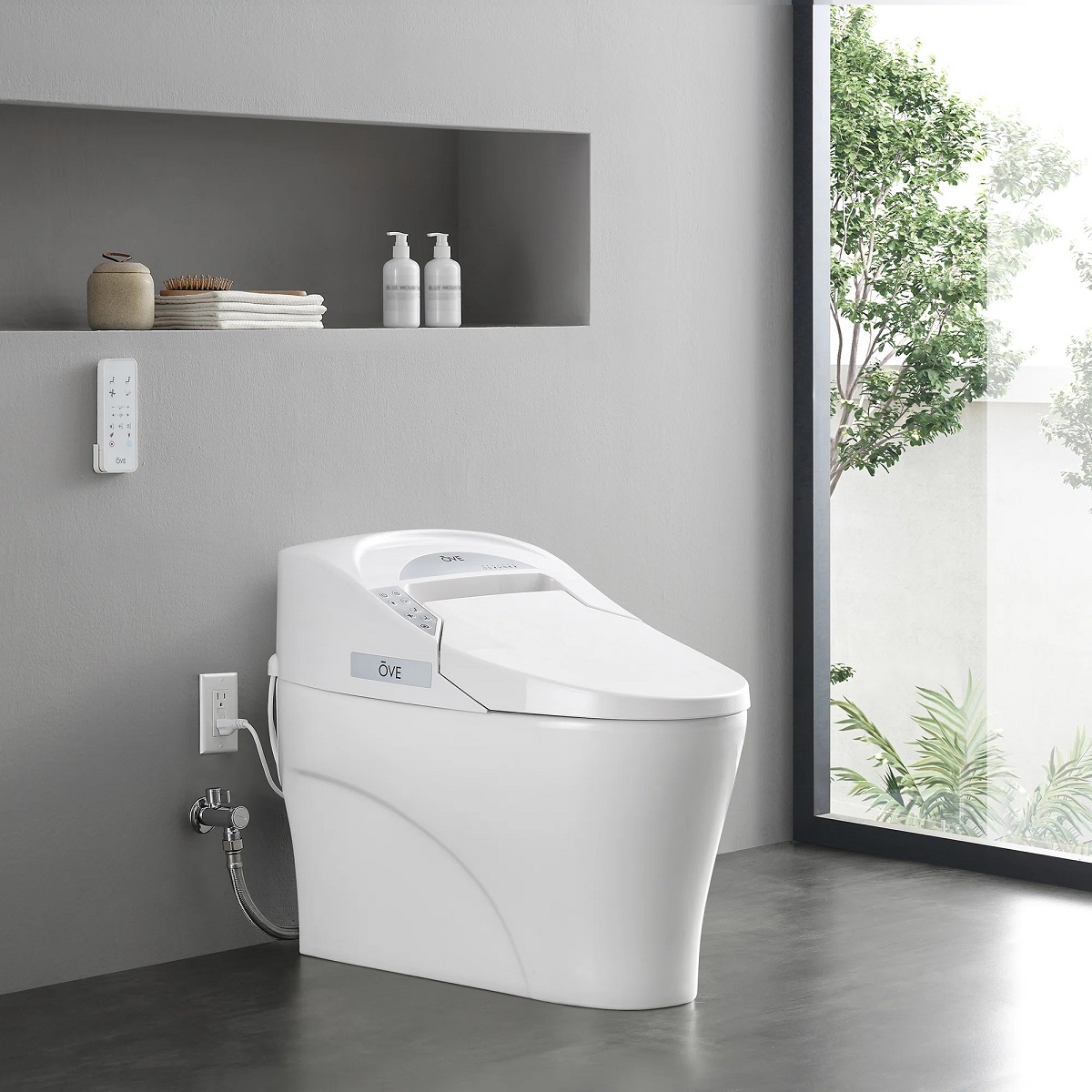
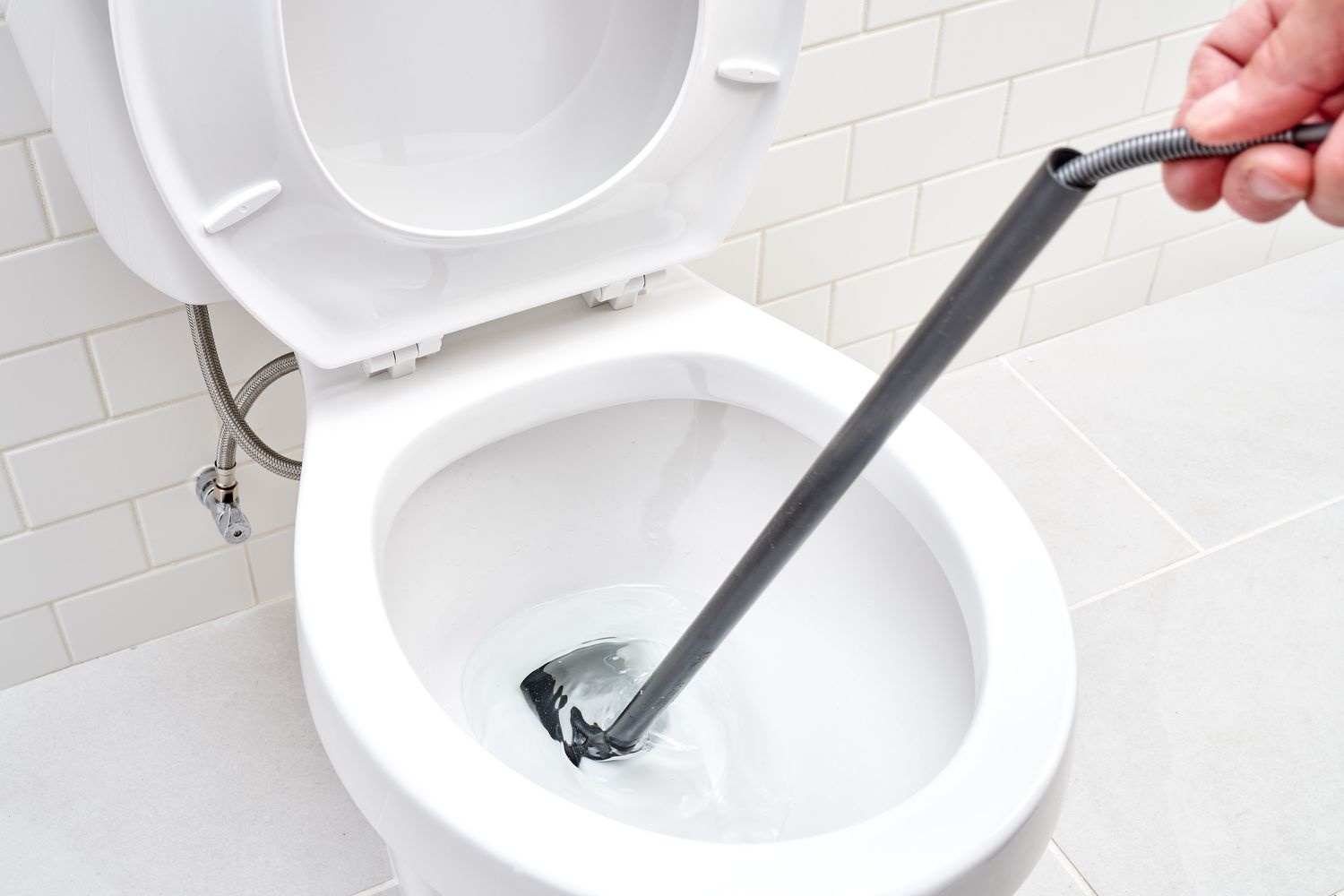
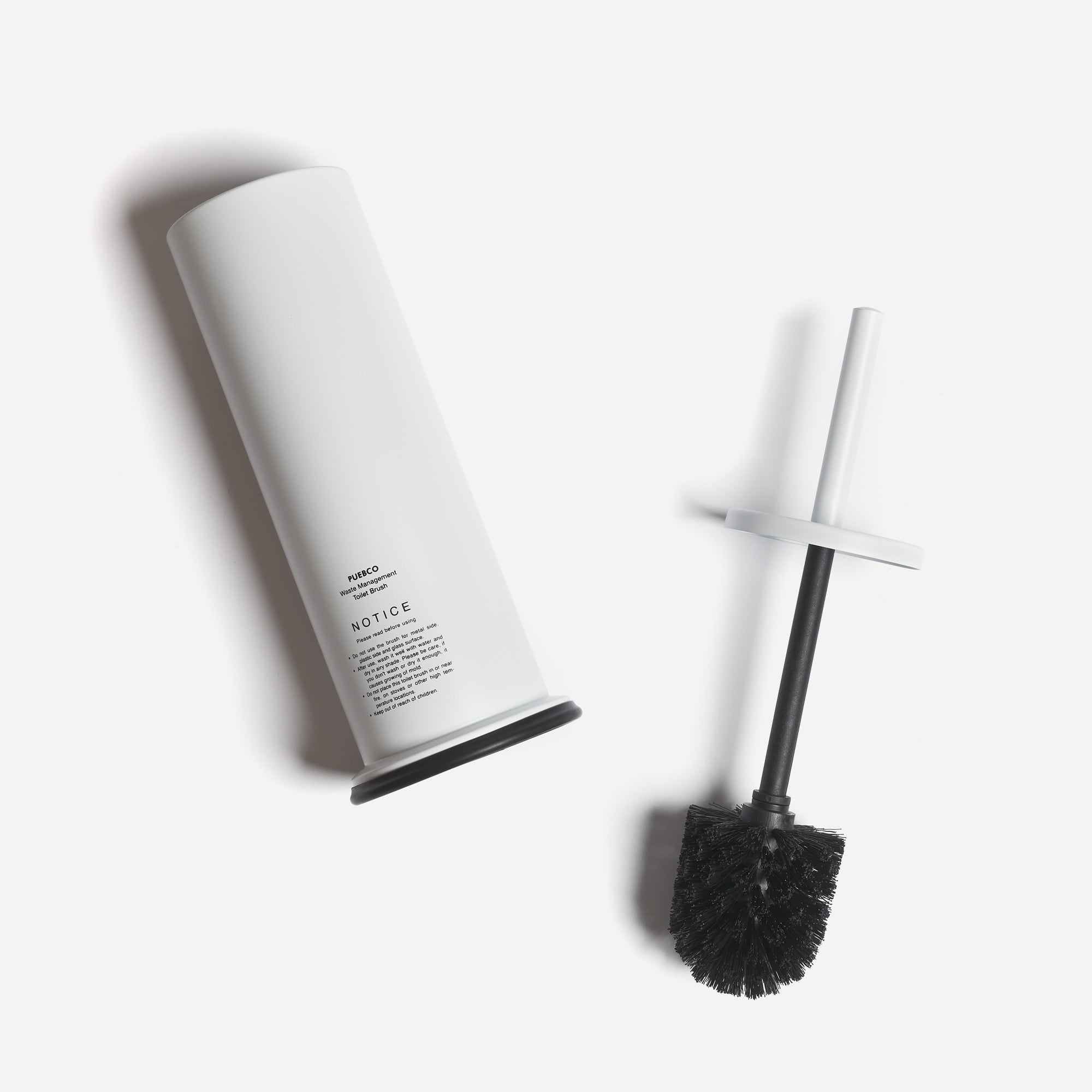
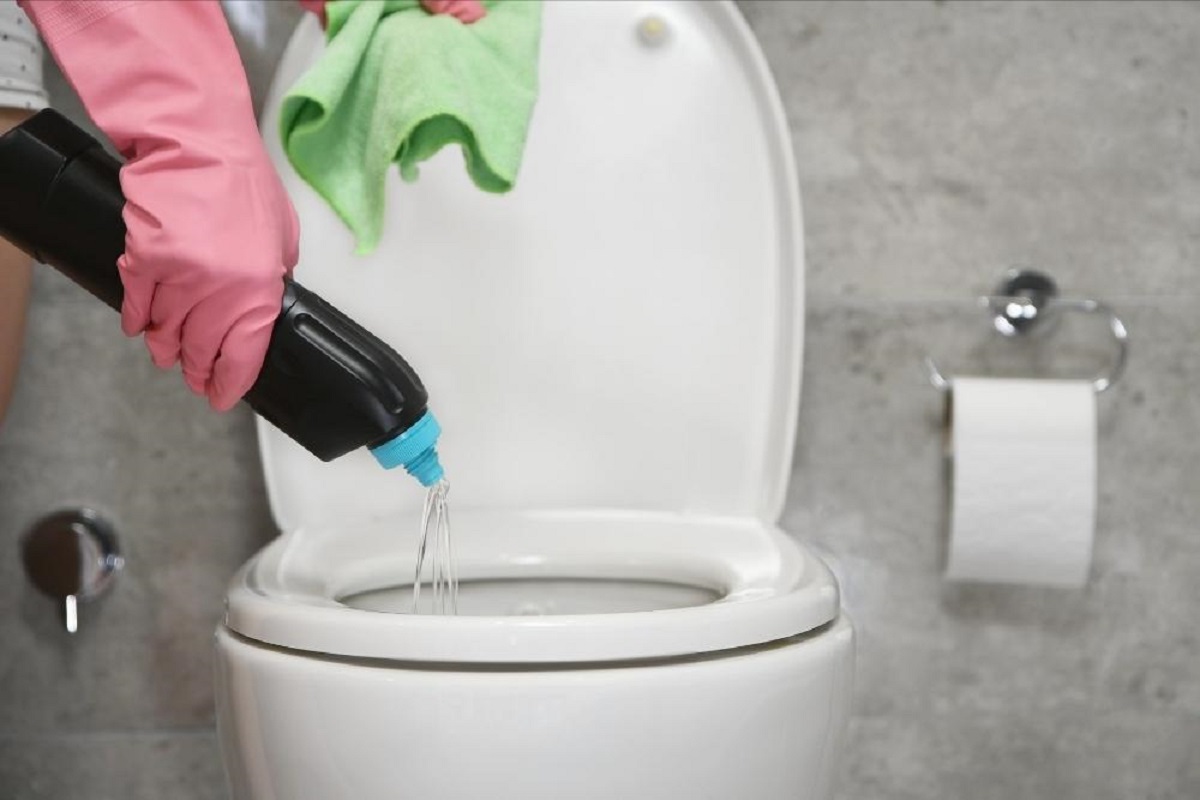
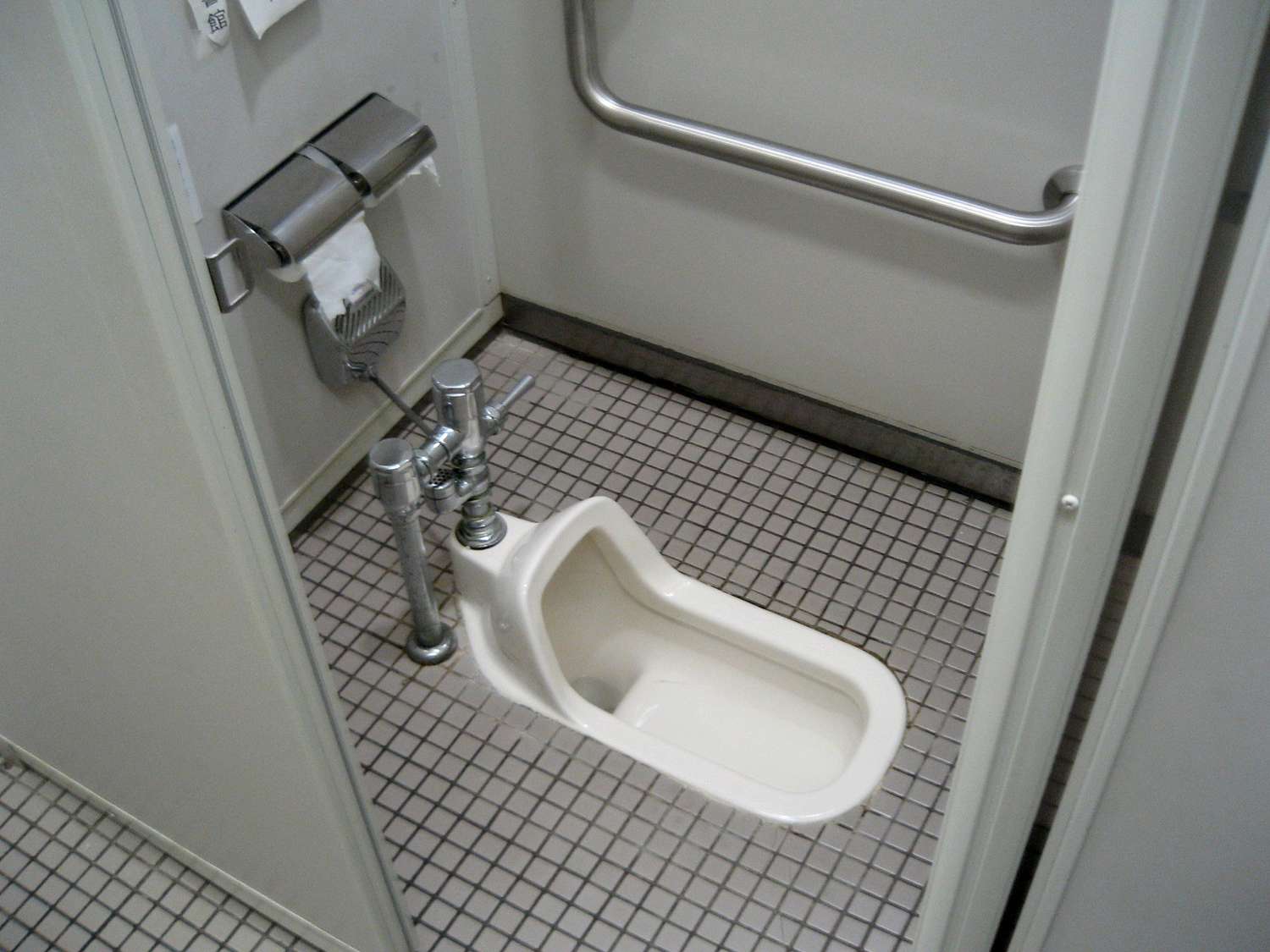

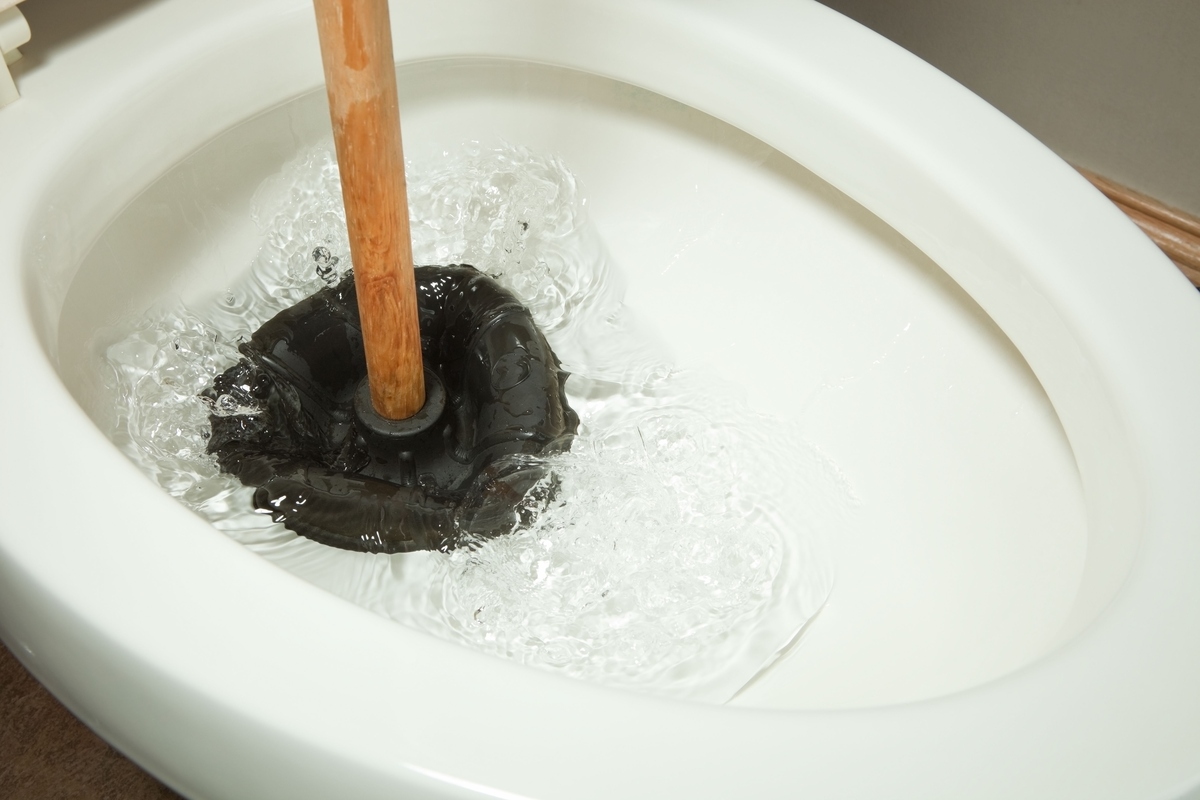
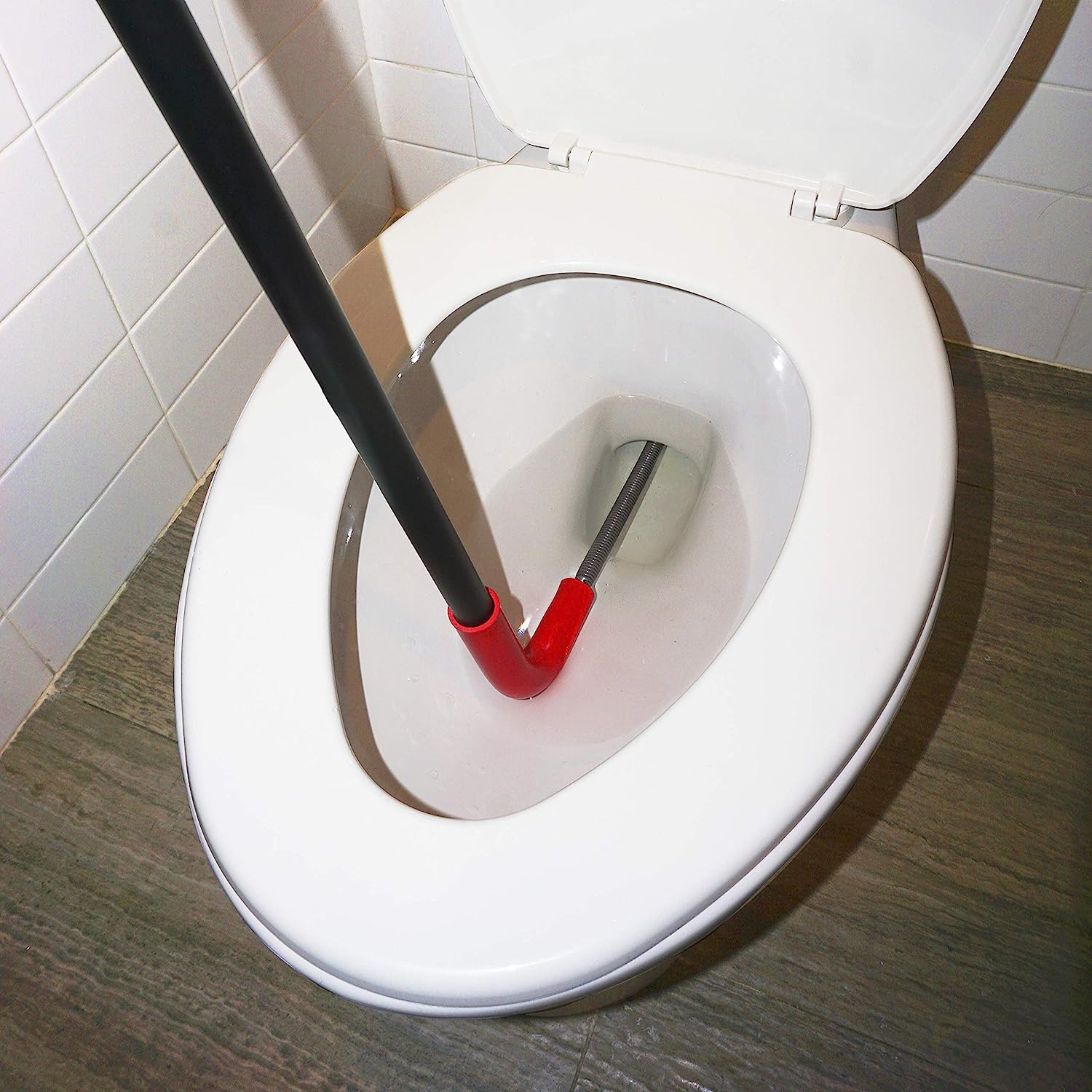
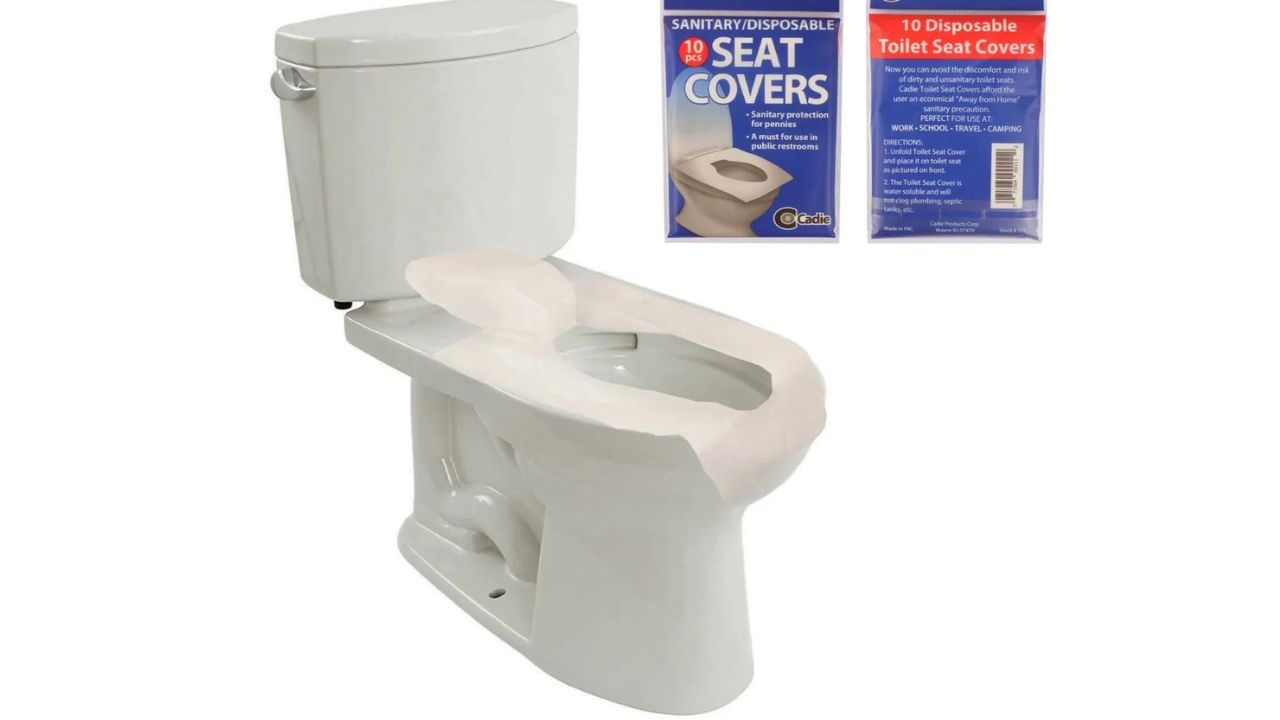
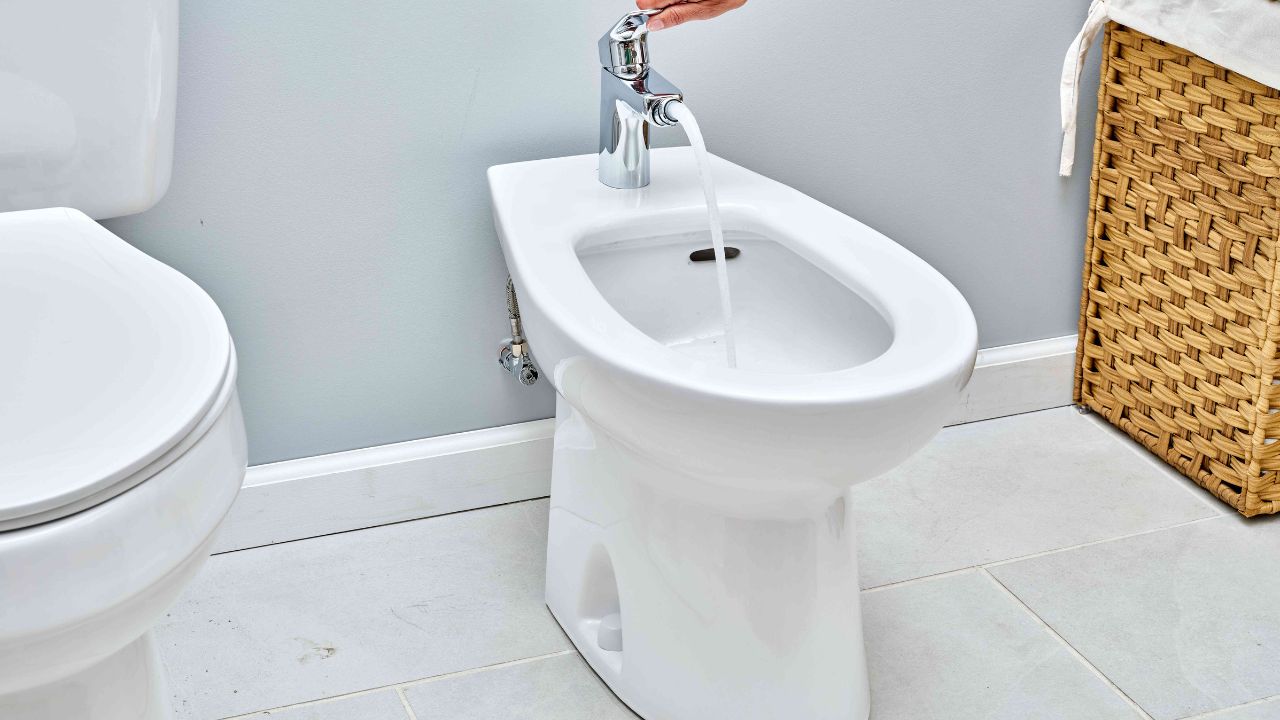


0 thoughts on “How To Use A Japanese Toilet”